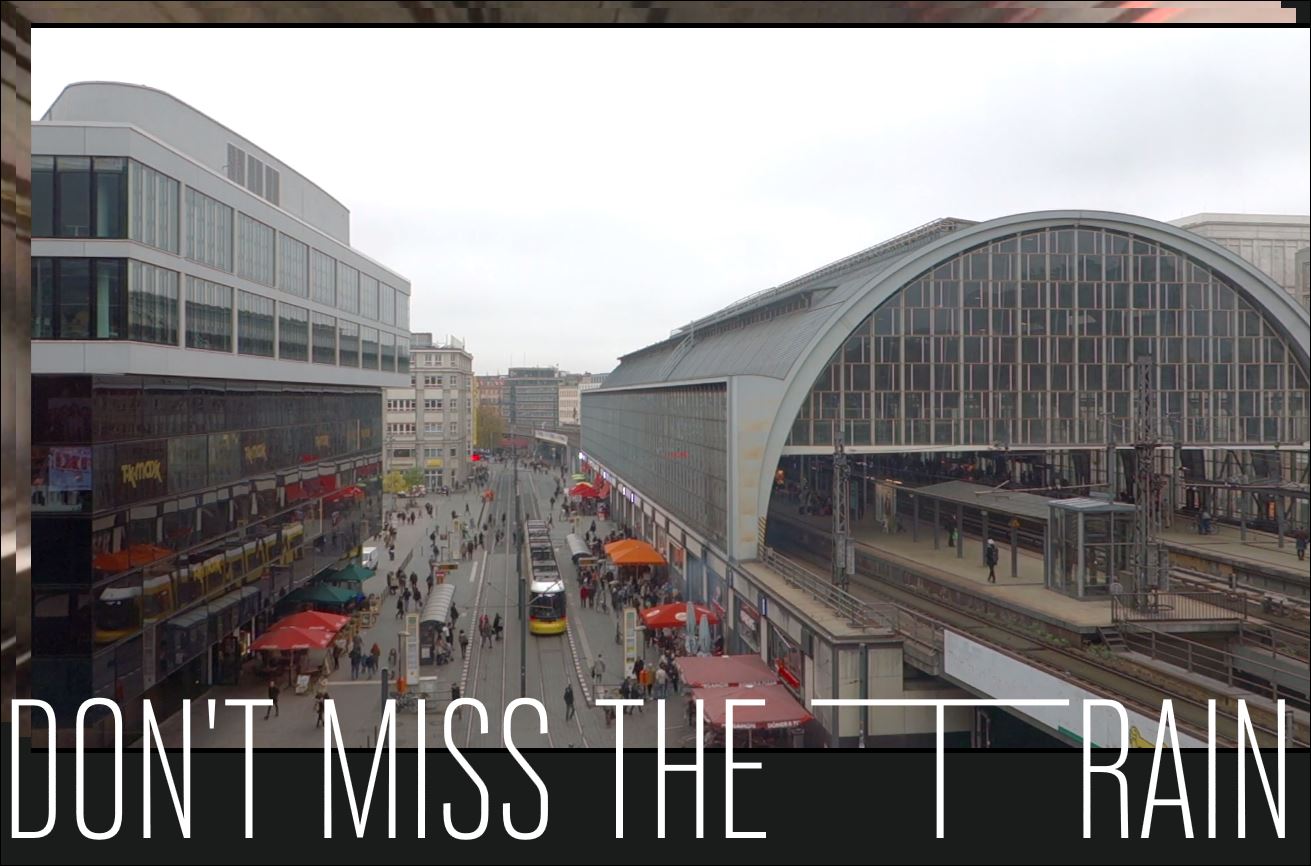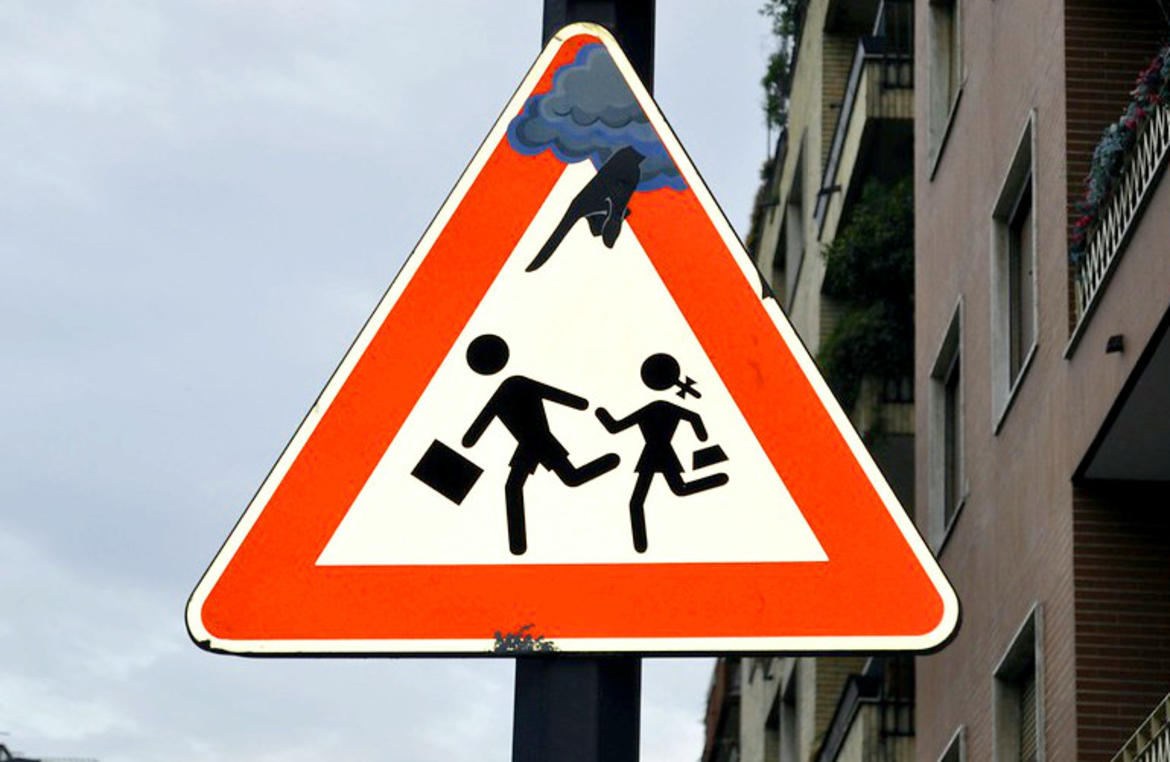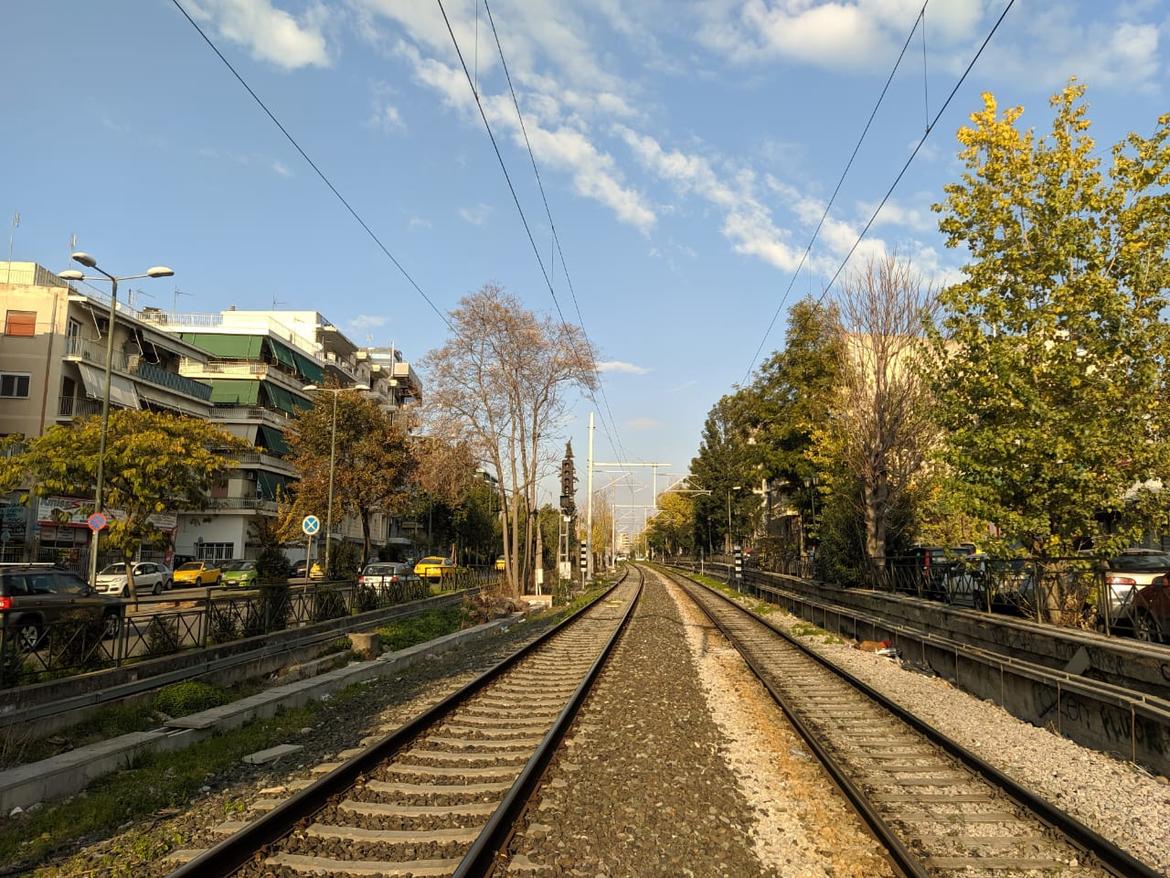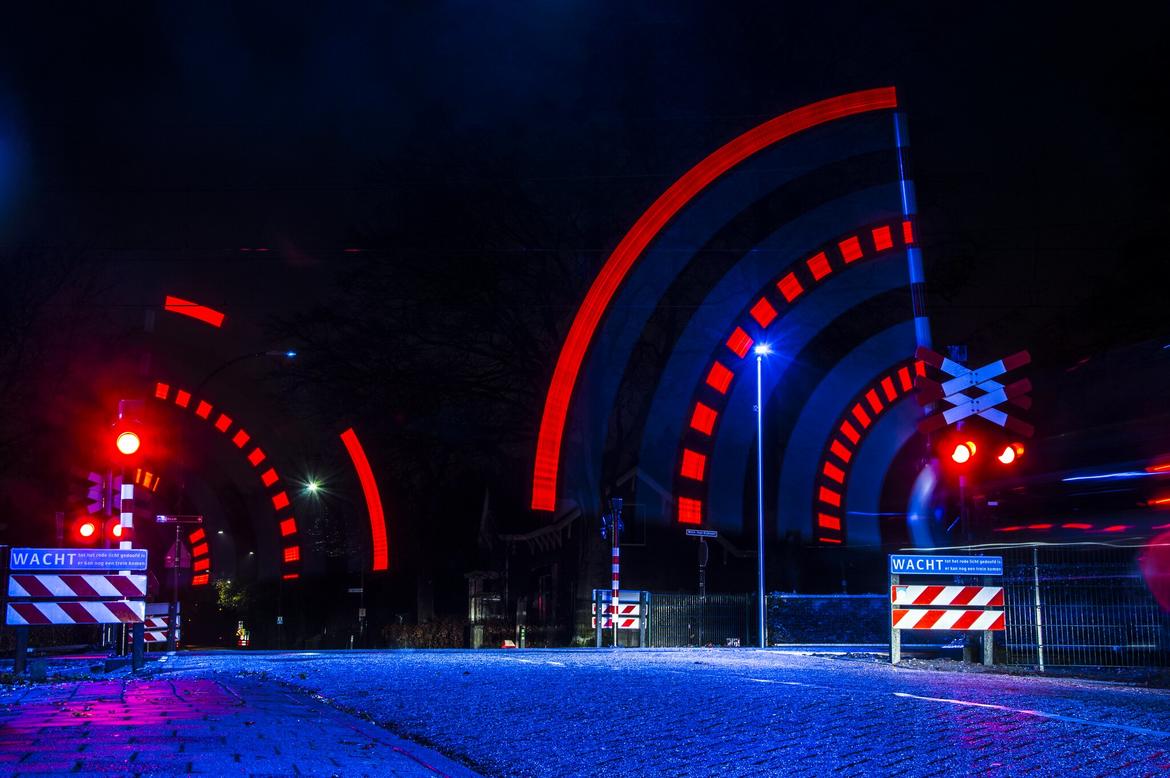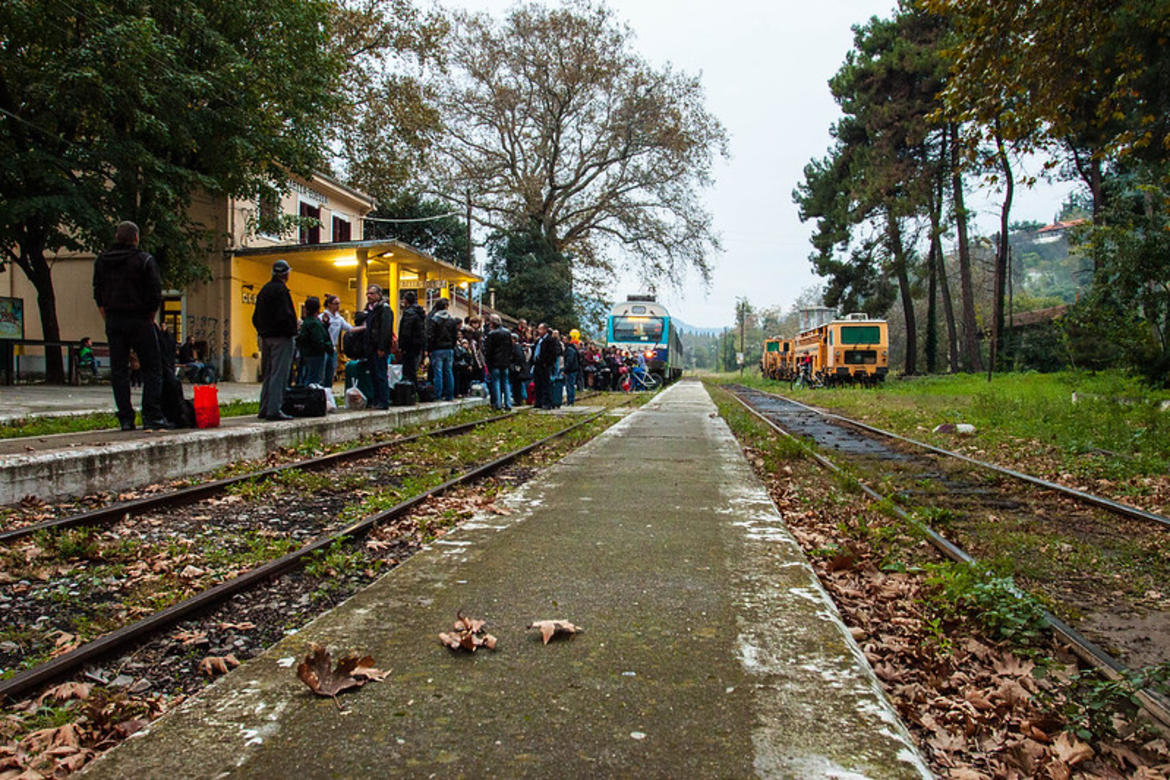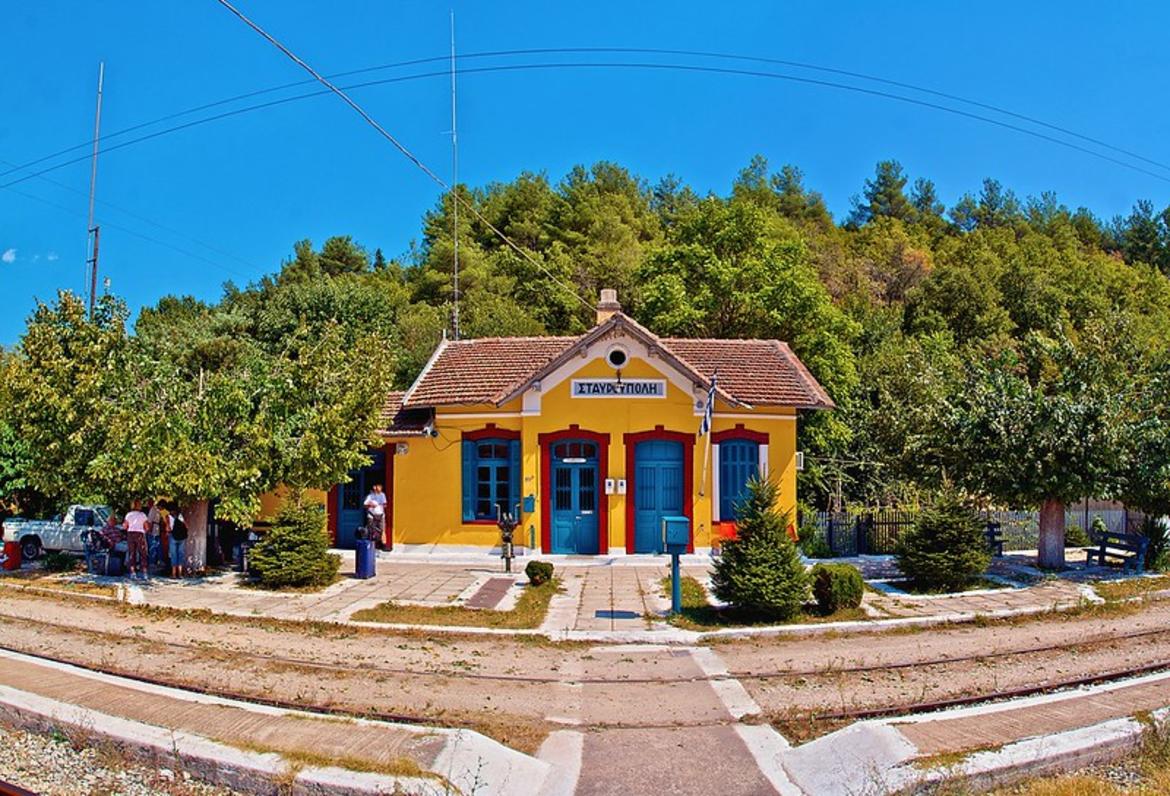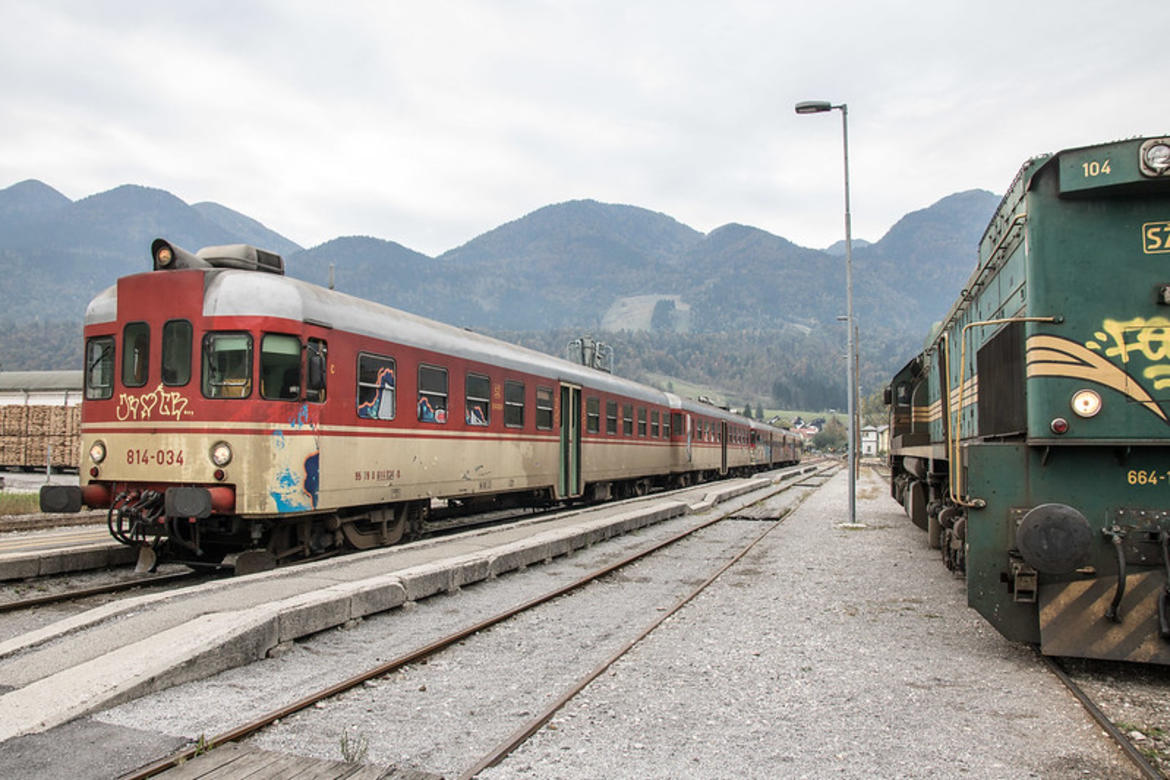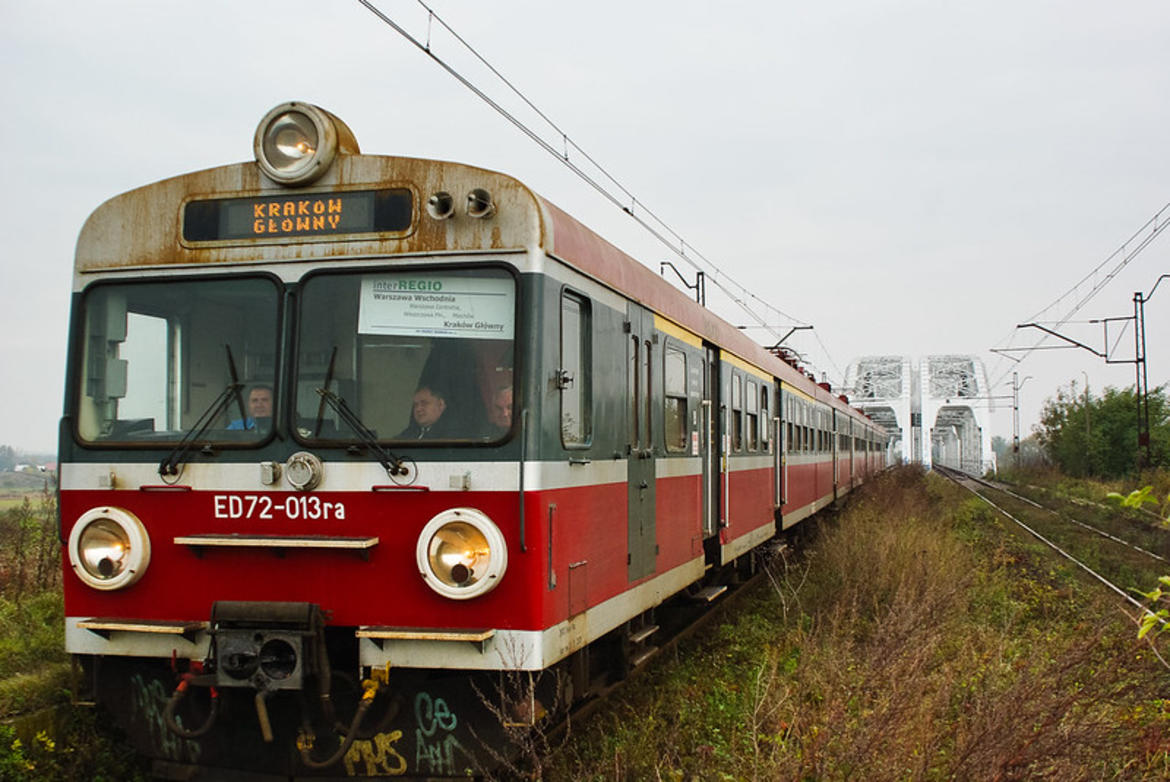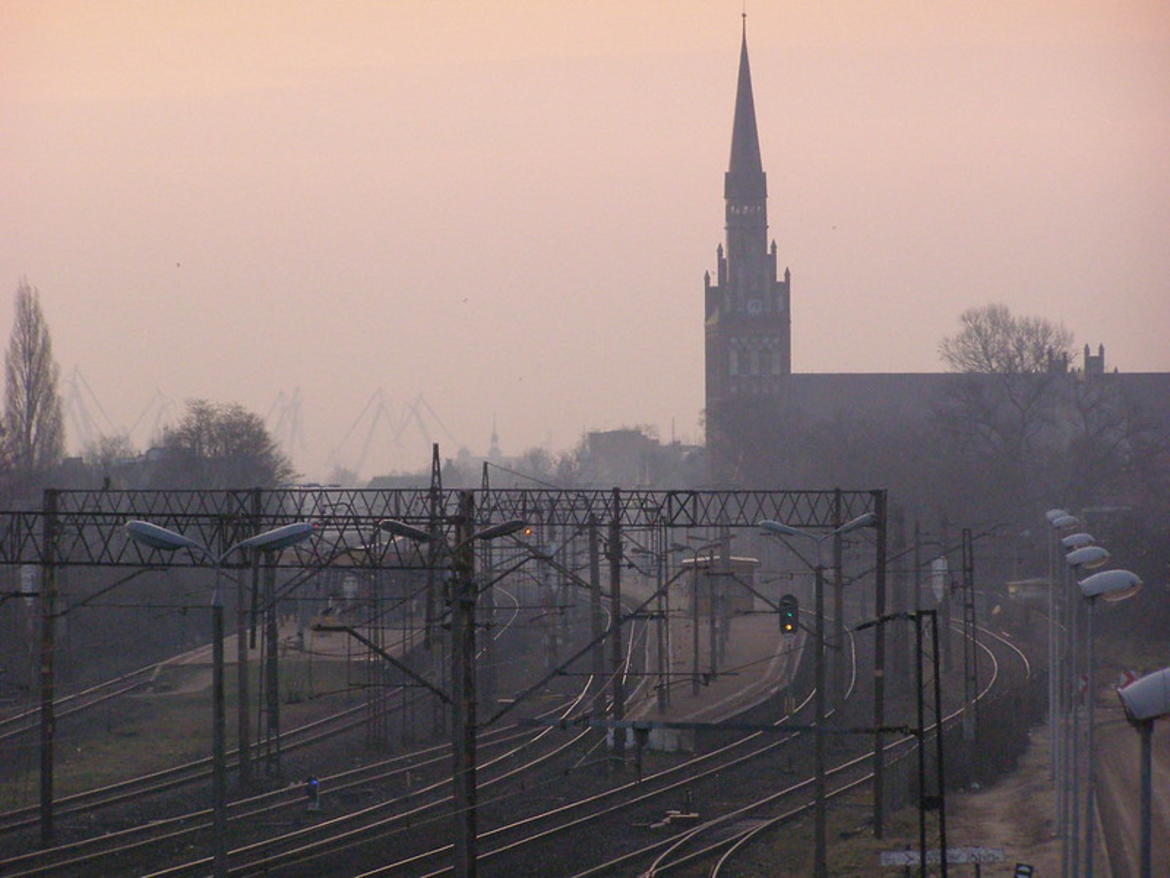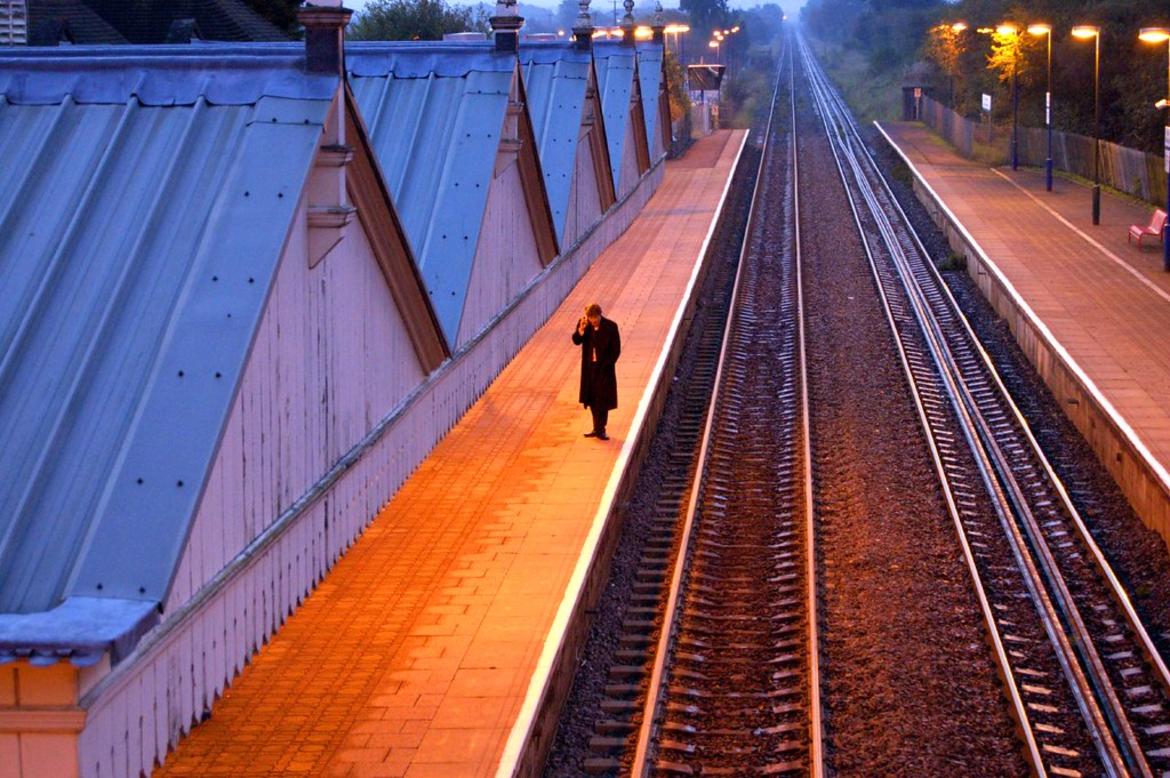Don’t miss the train
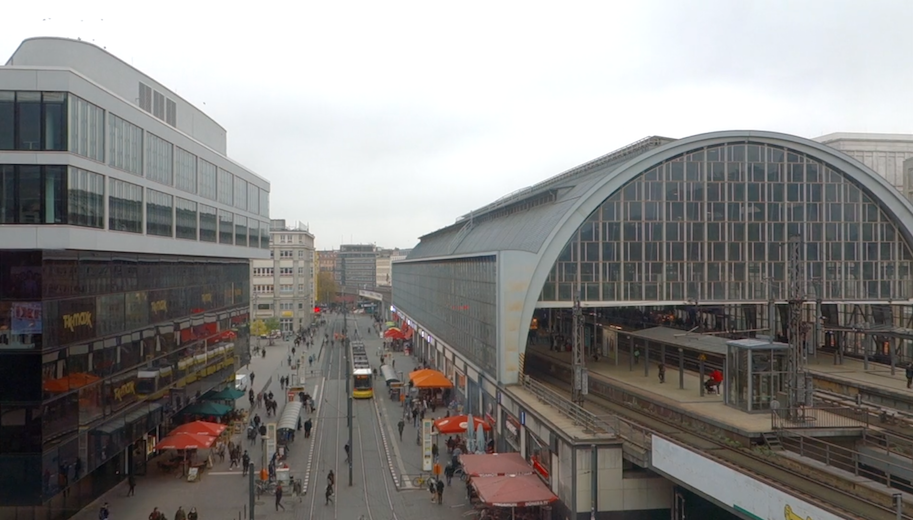
For-at-least-350-million-Europeans-a-train-station-is-less-than-10-000-steps-away
As travel by train is becoming more and more popular in Europe – also for environmental reasons – we decided to look at some of the main barriers discouraging people from taking the train. We created a list of all the active passenger train stations in 16 European countries (based on the quality of available data) and calculated how far citizens live from them, down to a regional level. We also looked at train prices and travel times, respectively relating them to the median wage and to travel times by car.
This collaborative investigation on the European railways and trains was coordinated by Journalism++, which took care of data mining and analyses. Several other EDJNet partner contributed to it.
Other stories
In certain areas of Italy the distance to the nearest railway station makes this form of transport impractical. Below, we take a look at how well or poorly – and how many – schools in these areas are connected to households' places of residence.
February 24, 2020
Only 30 km of the whole rail network in Greece has functioning train traffic lights. The installation of new European Train Control System has derailed in the country because of mismanagement – costing tens of millions of public funds and several fatalities.
December 30, 2019
In order to increase security, capacity and competitiveness of European railways, the European Commission is encouraging the adoption of a common railway signage system throughout the entire EU, which is called ERTMS. Its implementation is much more expensive and slow than anticipated however.
December 30, 2019
Greece takes the bloody lead in terms of deaths and injuries in rail accidents in the EU, with about 25 victims per year. Problems are mainly caused by unsafe level crossings, poor infrastructure and traffic management systems, and understaffed companies.
December 30, 2019
Passenger train services are heavily subsidised in Greece, taking advantage of loopholes and delays allowed by EU law. A new memorandum signed by the government keeps state aid and TrainOSE’s monopoly in place, despite the fact that many routes are not operated and citizens are not happy with the service they receive.
December 27, 2019
EDJNet's large investigation on trains in Europe compared the accessibility of train stations, the price of tickets and the speed of train travel. Slovenia performs well in terms of accessibility and price, and much worse in average speed.
December 23, 2019
Political decisions, wrong investments and increasing competition from buses resulted in longer and longer train travel times, and to a shrinking service. Train transport remains popular, but it has to be made more efficient.
December 20, 2019
As the Polish government claims to fight against transport exclusion, trains are coming back to some routes that were not operated anymore. The merits and impact of these changes are not clear-cut though, as much larger investments would be needed to rescue local lines.
December 20, 2019
Where in Europe is taking the train fast and affordable, and where is it not? The European Data Journalism Network has gathered data on train journeys from 28 booking websites across Europe, collecting more than 8,000 single journey ticket prices and travel times for 73 sample routes.
December 18, 2019
The data unit
 Sascha Granberg (J++, coordinator) is a data journalist at J++, Stockholm, an international team of data journalism specialists. Before joining J++, Sascha worked for Swedish Radio Ekot.
Sascha Granberg (J++, coordinator) is a data journalist at J++, Stockholm, an international team of data journalism specialists. Before joining J++, Sascha worked for Swedish Radio Ekot.

